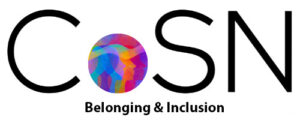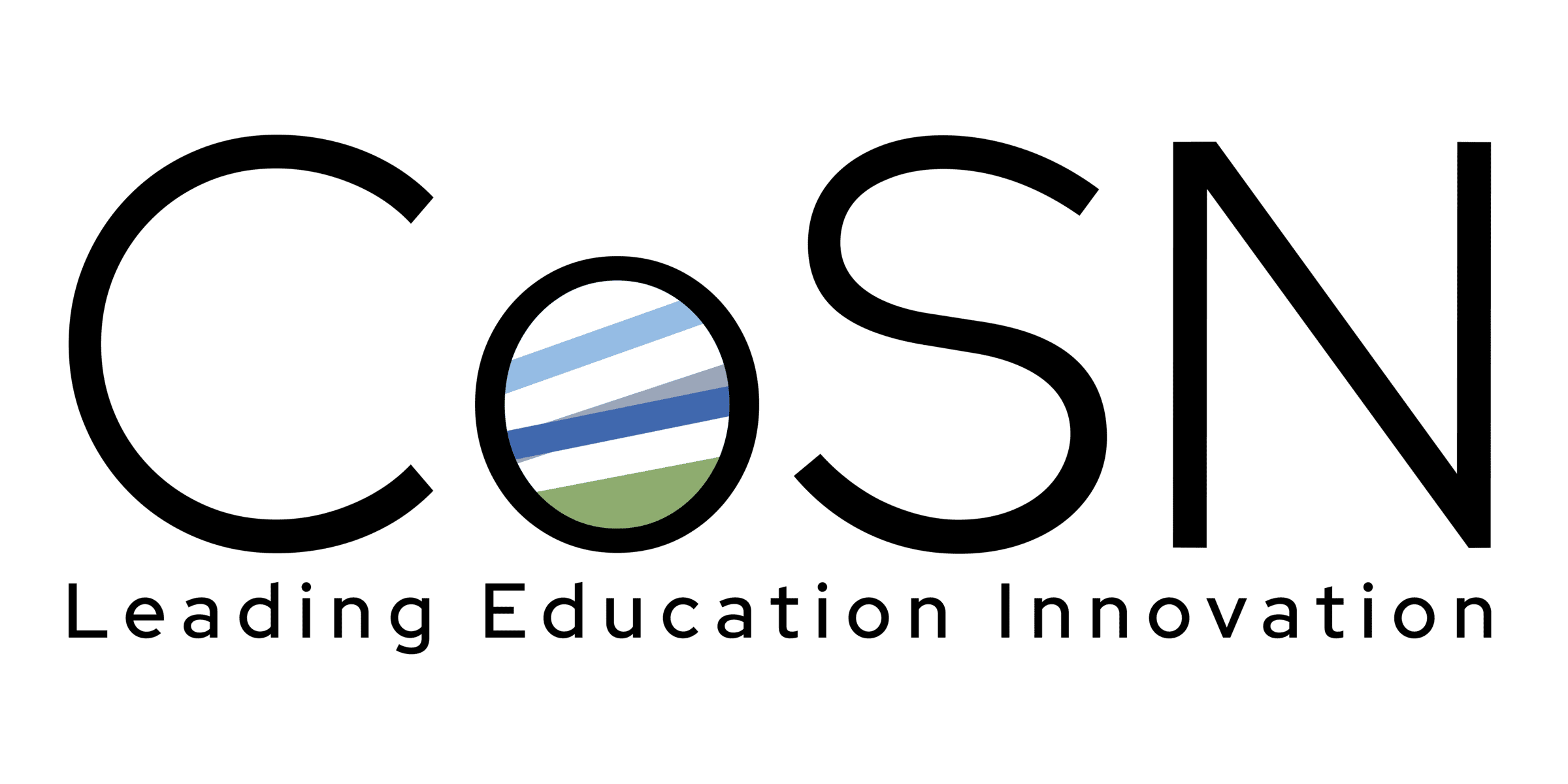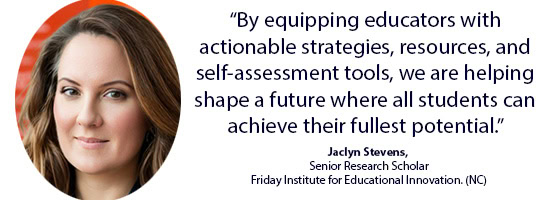In an increasingly diverse educational landscape, accessibility is essential for ensuring that every student can fully engage and thrive. However, implementing these practices can feel overwhelming. Where should educators begin? What tools and resources will have the most impact? As a school district leader, you can support your teachers by sharing the resources below.
Guiding Educators on the Path to Accessible Learning
To support this critical work, the Friday Institute for Educational Innovation, part of North Carolina State University College of Education, developed the “Accessibility Playlist.” This curated guide not only provides practical strategies and resources but also encourages educators to assess and reflect on their approach to integrating accessibility into a digital-age curriculum. [Access an editable Google copy of the playlist].
The Accessibility Playlist takes educators through a two-step self-assessment process designed to help them build or enhance their accessibility practices. First, teachers are invited to “Determine Your Pathway” by completing a pre-assessment of their current practices. They can mark effective areas as “In Place” and provide evidence of their success, or identify areas needing improvement as a “Growth Track,” sparking reflection on how to enhance these practices for greater student impact.
Once educators identify their areas for growth, they can use the playlist’s targeted resources to focus on these needs. This structured approach ensures that educators can take small, manageable steps toward more accessible classrooms, while still having access to a comprehensive suite of tools and resources.
Essential Accessibility Practices in K-12 Education
The playlist addresses key topics central to inclusion and accessibility in education, such as:
- Legal Requirements and Guidelines – Ensuring educators understand accessibility laws and guidelines is foundational for creating equitable learning environments.
- Universal Design for Learning (UDL) – UDL principles promote adaptable learning spaces that accommodate diverse learning styles and needs.
- Support for English Language Learners (ELLs) – Multilingual resources, visual aids, and differentiated instruction are essential for ensuring ELLs can access and engage fully.
- Visual and Auditory Accessibility Strategies – Using tools like closed captioning and visual supports allows students to better process and retain information.
These practices not only ensure compliance but also enhance student engagement and access by making content accessible to all learners.
Accessibility as a Core Commitment to Inclusive Education
Accessibility is more than a checklist; it is an ongoing commitment to fostering an inclusive educational environment. For CoSN and educators alike, accessibility practices help bridge gaps, creating pathways for every student to succeed. By prioritizing accessibility, we demonstrate our dedication to a classroom environment that empowers students both academically and socially.
A Broader Impact on Students, Educators, and Society
The positive impact of prioritizing accessibility reaches beyond individual students. Accessible classrooms foster empathy and respect, building a culture of belonging that benefits the entire community. By equipping educators with actionable strategies, resources, and self-assessment tools, we are helping shape a future where all students can achieve their fullest potential. CoSN’s mission to advance digital access aligns with this approach, as both seek to build education systems that leave no learner behind in the digital age.
- Stevens. (2023). Accessibility Playlist. Friday Institute for Educational Innovation. Available here.
AUTHOR: Jaclyn Stevens, Senior Research Scholar, Friday Institute for Educational Innovation (NC)
CoSN Belonging & Inclusion Committee Member
Published: January 7, 2025

Jaclyn Stevens is a Senior Research Scholar at the Friday Institute for Educational Innovation. part of North Carolina State University College of Education. She coaches and assists K-12 educators, ITFs, and administrators to adapt, not adopt, fostering initiatives to transform professional learning through changes in pedagogical shifts and meeting the needs of all learners to champion creativity and innovation.
CoSN is vendor neutral and does not endorse products or services. Any mention of a specific solution is for contextual purposes.



